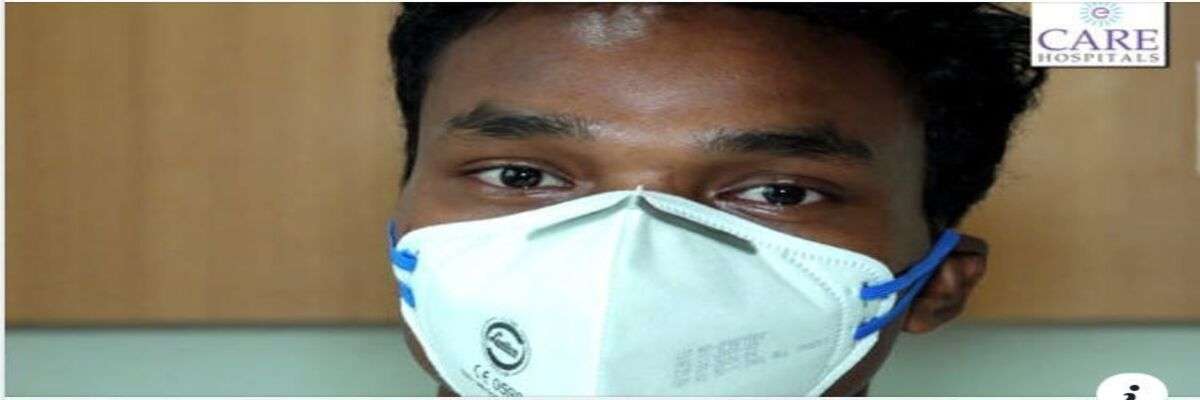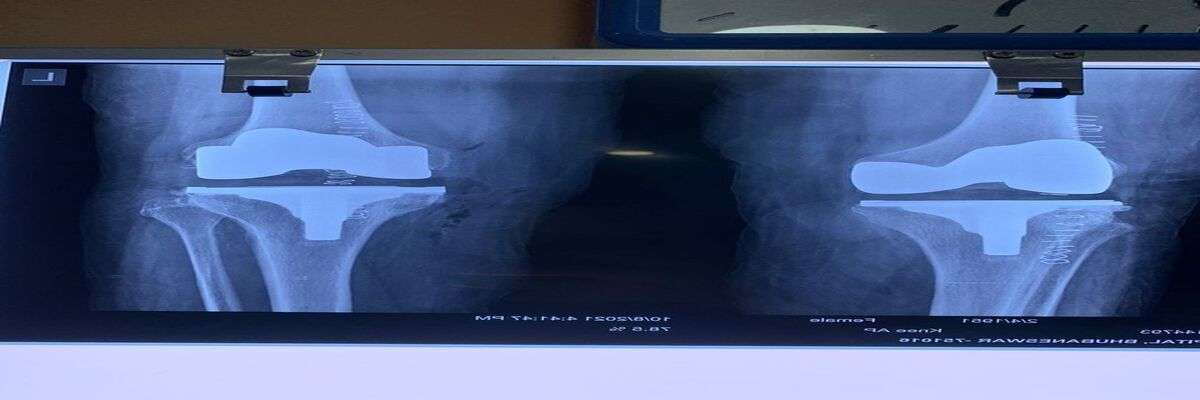Happy Clients
Nov 26, 2024
Arthroscopic ACL Reconstruction for Knee Instability
Oct 25, 2024
Robotic Bilateral Knee Replacement for Osteoarthritis

Jan 23, 2023
Recovery from deteriorating right knee pain
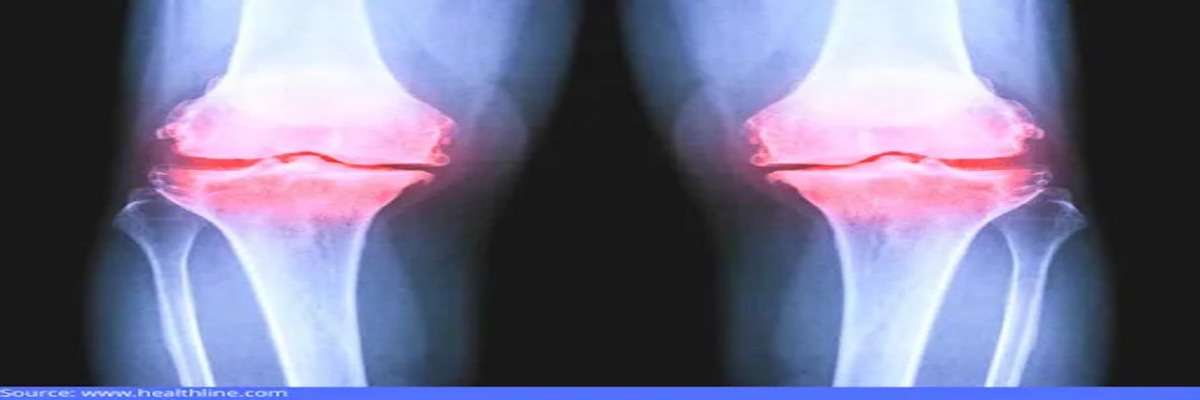
Jan 23, 2023
Bilateral total knee arthroscopy

Jan 23, 2023
Anterior Cruciate Ligament (ACL)
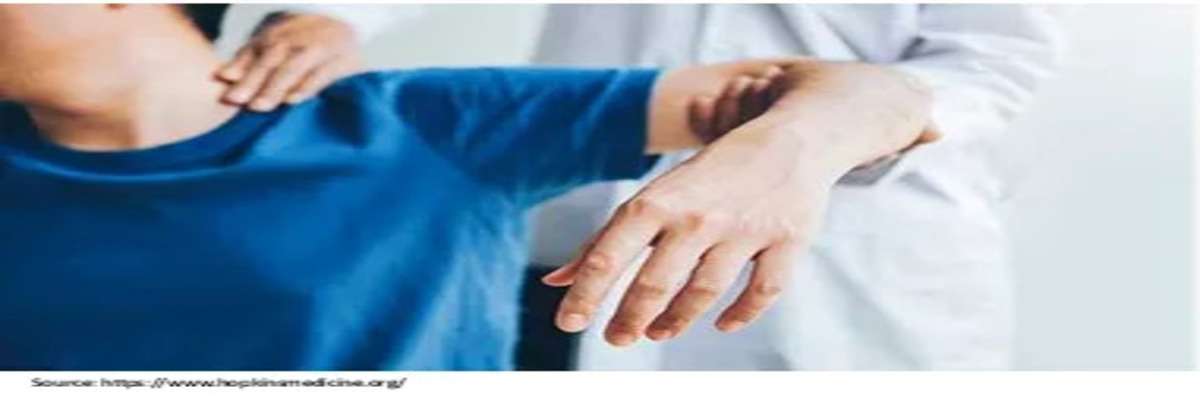
Jan 23, 2023
Recurring Shoulder Dislocation Fixed with Arthroscopic Bankart Repair

Jan 23, 2023
Multi-ligament Knee Injury Treated with Arthroscopic ACL and MCL Reconstruction
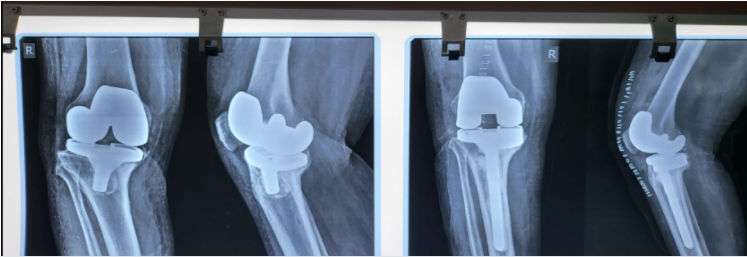
Jan 23, 2023
Loosened Knee Fixed With Revision Knee Replacement Surgery

Jan 23, 2023
Immediate Repair of Right Leg Fracture Resulting from Road Accident


